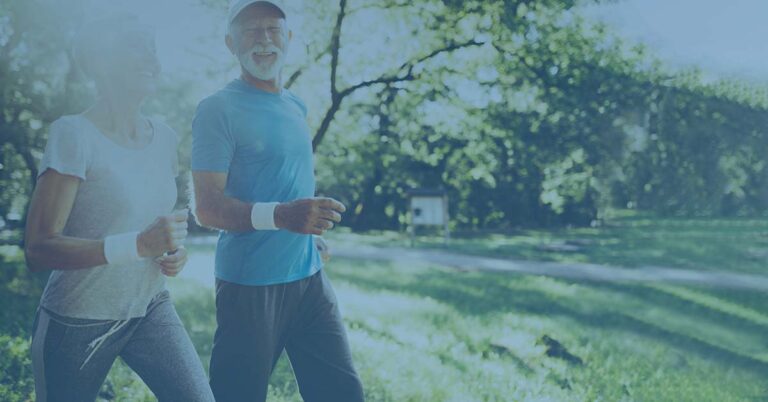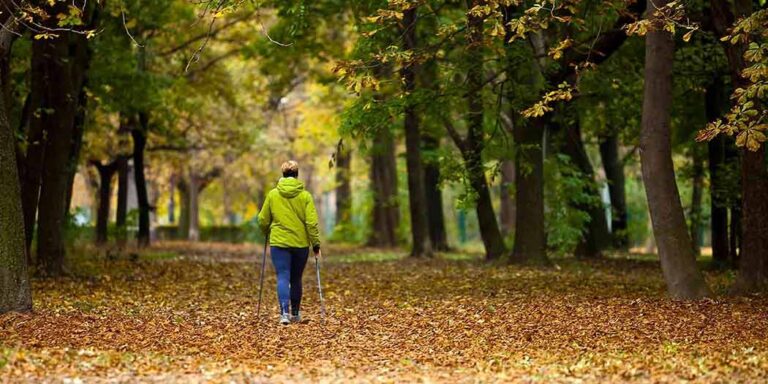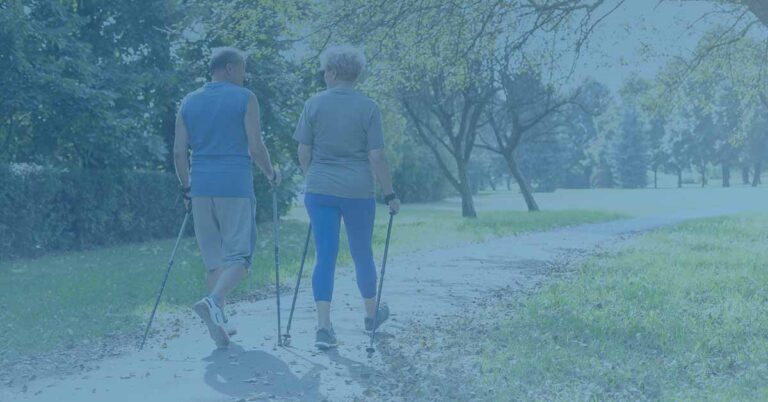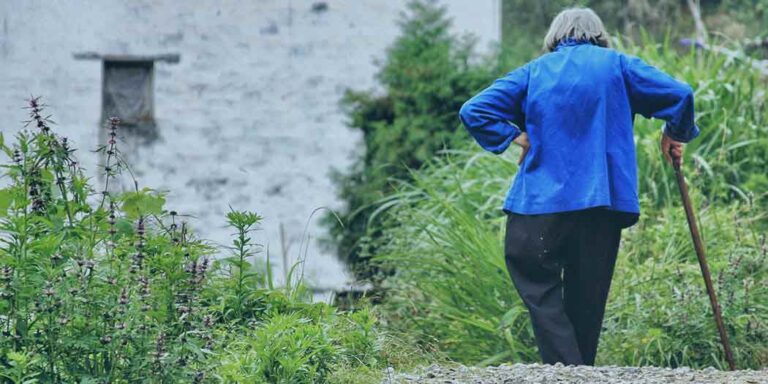What Common Exercises Should Seniors AVOID (And Why)?
First things first: you can bend, and you can twist, but NEVER do both at the same time. Do them in two steps. Your body will thank you later in life.
Moderate exercise is essential to keeping the body healthy and pain-free.
But as we age, the body changes. Our bones and joints lose flexibility.
While medical professionals generally recommend daily activity, some exercises should be completely avoided by seniors.
Why is Exercise Important for Seniors?
Physical benefits:
- Regular exercise strengthens the cardiovascular system keeping the heart in great shape.
- Studies have also shown that exercise is beneficial in preventing or treating an ever-growing number of diseases and malfunctions that commonly plague the body.
- Daily physical activity helps activate the immune system, which allows the body to fight off infection and illness.
Mental benefits:
- Physical activity also has benefits for our mental health.
- Studies have shown that when we exercise, the brain releases “feel-good” chemicals called endorphins that improve our mood and help us to manage stress better.
- Exercise helps to improve the quality of our sleep and flowers the risks of developing Alzheimer’s and other memory-related disorders.
The evidence is clear; daily activity benefits seniors’ mental and physical health.
But there is a valid concern about avoiding pain and injury.
Well, walking is a safe and effective exercise.
Many seniors, however, want more vigorous exercises. But are they good or not?
Let’s check, what COMMON exercises should seniors avoid?
1. Sit-Ups
We all know this exercise: Full sit-ups.
And many people perform daily sit-ups or crunches to increase muscle tone and the range of motion in their body’s trunk.
While these exercises are practical for this purpose, they can pose ISSUES for seniors:
- With age, the vertebrae, joints, and disk in the back become less flexible and can’t recover from stress as quickly.
- Degenerative effects in the spine are a natural part of the aging process.
Sit-ups and crunches place the back in a position that goes against the spine’s natural curvature.
Over time, these movements can lead to debilitating lower back pain.
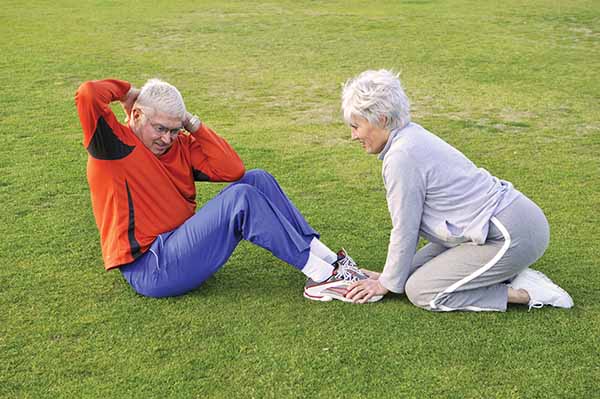
Most experts agree that the plank is a better alternative to deliver the same fitness results while minimizing future health and mobility risks.
2. Stair Climbing
Stair climbing can be a great exercise to improve cardiovascular health and build lower body strength.
This is excellent for raising your level of good cholesterol in the body.
Many seniors are attracted to stair climbing because it can be performed anywhere with a flight of stairs or on a specialized fitness machine.
But for seniors, there are some problems:
- the repetitive motion can cause stress to delicate soft tissues in the KNEES and ankles.
- Age-related issues with vision or balance can make stair climbing dangerous for some seniors.
- For people with osteoarthritis, climbing and descending stairs is particularly painful and can aggravate the condition further.
All in all, stair climbing provides an excellent cardio workout that allows the individual to set the pace.
3. Leg Press
The leg press machine isolates and builds muscular strength in the legs.
Many people favor this machine since foot placement determines the lower body muscles that receive the most benefit.
With proper foot placement to strengthen the quadriceps, the leg press can improve balance and help to support the core of the body.
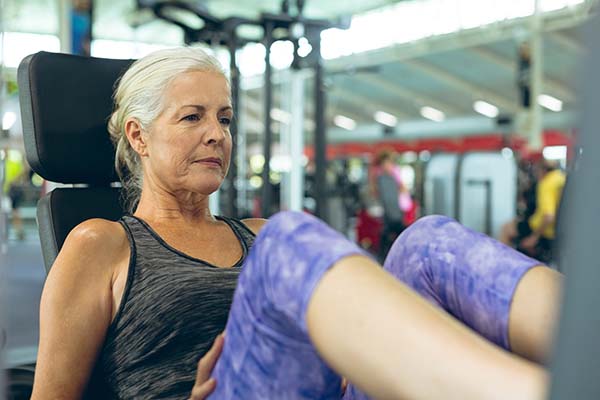
While on the leg press machine:
- The natural lumbar curve of the lower back receives NO support.
- At the same time, the legs are pushing large amounts of weight away from the body.
- That places significant STRESS on the least supported area of the back.
- This can cause wear and tear on the disk between the large vertebrae of the lower back.
- That can cause injury and potentially disabling pain as the body ages.
Lack of proper back support is one of the main reasons seniors avoid the leg press.
4. Long-Distance Running
Long-distance running provides excellent heart health benefits.
Regular running does a great job for:
- increasing muscle mass,
- helping with weight loss,
- improving your sleep, and
- helping to ward off age-related cognitive decline.
Even though running has many benefits, it takes a HUGE toll on the body.
Common INJURIES that can occur from running too much:
- Blisters
- Shin pain
- Soft tissue injuries
Other running related issues especially for seniors:
- Running poses a greater risk of FALLING for older people due to bone and balance issues.
- A natural part of aging is a decrease in cartilage levels in the joints.
- These reduced levels lead to osteoarthritis and moderate to severe joint pain.
- Distance running, mainly when performed for years, worsens and accelerates this condition leading to increased risks for mobility problems in seniors.
A fall or injury can take quite some time to heal. This can put you out of the game for quite a long time.
AGE is no barrier to running, but don’t OVERDO it. It’s not about being the fastest runner around, it’s about your health.
Haven’t run for a while? Read on for some tips on how to start running after 60.
In this sense, walking is a much safer exercise than running.
5. Deadlifts
Weight training increases your cardio endurance. It is one of the few exercises that burn more CALORIES than running, so it works very well for weight loss.
But when weight training, proper form and technique are crucial to receiving the benefits without injuring the body.
Deadlift weight lifting places tremendous pressure on the back:
- Strains, sprains, and pulled muscles are common injuries when performing this exercise.
- Most of these injuries happen due to improper technique.
The damage occurs, in part, due to the stress placed on the lower back when lifting the bar.
6. High-Intensity Interval Training
High-intensity interval training (HIIT) is a fantastic way to lose weight. Its metabolic benefits last for hours after completing a workout.
HIIT is popular with people who don’t have much time to spend working out.
It allows you to burn many calories in a short amount of time.
A senior who has been medically cleared to exercise can perform regular HIIT:
- Some people can run into trouble while doing HIIT due to not having a firm grasp of their physical limitations.
- It’s essential to listen to the body while completing a HIIT workout.
- If you feel dizzy or nauseous, stop immediately.
For older individuals, it is strongly recommended that you seek medical clearance before beginning HIIT.
The Bottom Line
There are many SAFE ALTERNATIVES to the exercises on this list.
Safe exercises for seniors include:
- swimming and water aerobics,
- dumbbell strength training,
- chair yoga, and
- walking
Nearly everyone can exercise safely by walking, which is often overlooked. Walking keeps the body in shape without placing harmful pressure on joints.
It is vital to do some type of exercise on a regular basis.
Competition is a powerful motivator for anyone, no matter their age.
Senior sporting events can encourage you to exercise. It doesn’t have to be too serious. A lot of people do it for the social aspect.


